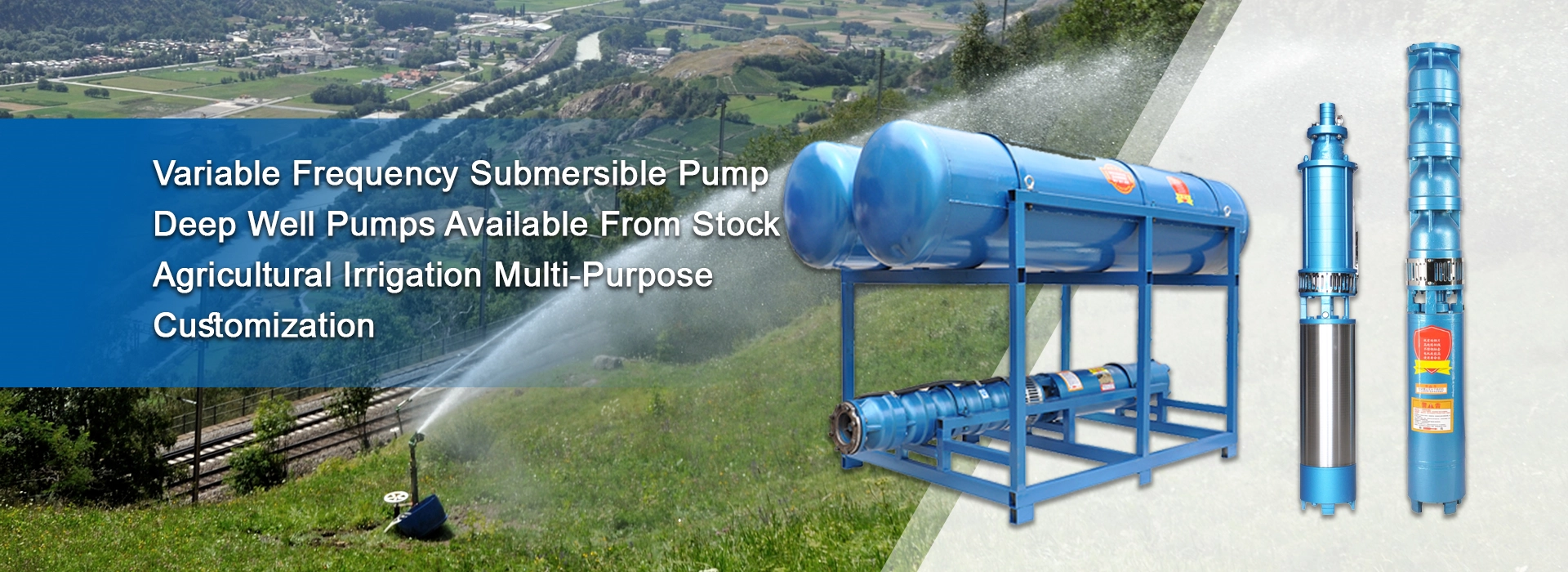Dec . 20, 2024 19:58 Back to list
well submersible pump
Understanding Well Submersible Pumps A Comprehensive Overview
In the realm of water management and extraction, well submersible pumps play a crucial role. These pumps, designed to operate submerged in water, are essential for drawing groundwater from deep wells, providing efficient solutions for residential, agricultural, and industrial applications. Their ability to lift water from significant depths makes them indispensable in regions where surface water is not readily available.
What is a Well Submersible Pump?
A well submersible pump is an electric motor-driven device that is installed underwater in a well. It consists of a pump motor coupled with a multi-stage pump, allowing it to push water from significant depths to the surface. Unlike surface pumps, which are located above ground and rely on suction to draw water, submersible pumps can operate efficiently even under high pressure due to their location.
Key Components of a Submersible Pump
The primary components of a submersible pump include
1. Pump Motor This is the heart of the pump, powering the pump mechanism to lift water. 2. Pump Stages These are series of impellers and diffusers that increase the water pressure and facilitate the movement of water upwards.
3. Discharge Head The discharge head is installed at the top of the pump to channel water from the pump to the surface.
4. Cable and Power Supply Submersible pumps require electrical power, typically delivered through a waterproof electrical cable that connects the pump motor to the power supply above ground.
5. Protection Device Many modern pumps come equipped with various protection devices like overload protection and thermal sensors to prevent damage due to overheating and excessive pressure.
Advantages of Well Submersible Pumps
The advantages of well submersible pumps make them a popular choice for water extraction
- Efficiency These pumps are highly efficient at transporting water, particularly in deep wells. The multi-stage design can generate significant pressure, allowing water to be lifted from depths exceeding 400 feet.
- Reduced Risk of Cavitation Because these pumps are located underwater, the risk of cavitation—a situation where vapor bubbles form and collapse, causing damage— is significantly reduced.
well submersible pump

- Cost-Effectiveness Although the initial installation cost can be high, submersible pumps usually require less maintenance compared to other types of pumps, leading to lower overall costs in the long run
.- Quiet Operation As they are submerged, well submersible pumps operate quietly, making them suitable for residential areas where noise pollution can be an issue.
Installation and Maintenance
Proper installation is crucial for the performance and longevity of a submersible pump. This typically involves placing the pump securely at the bottom of the well, ensuring it is adequately supported and protected from debris. Additionally, a well-designed discharge line must be installed to minimize friction losses and efficiently direct water to the surface.
Maintenance is equally important. Regular inspection of electrical connections, wear and tear on components, and overall pump performance should be performed to detect and address issues before they escalate. It is advisable to conduct routine servicing through a professional service provider, particularly for deep or complex systems.
Applications
Well submersible pumps are utilized across a variety of sectors
- Residential Used in homes to extract groundwater for household purposes.
- Agriculture Irrigation systems often depend on submersible pumps for drawing water from wells to water crops.
- Industrial Many industries use these pumps for processes requiring large volumes of water.
- Municipal Water Supply Submersible pumps play a vital role in municipal water systems, ensuring a reliable supply for communities.
Conclusion
In summary, well submersible pumps are a reliable and efficient choice for extracting groundwater in a plethora of applications. Their robust design, efficiency, and quieter operation make them an essential tool for anyone looking to manage their water resources effectively. Proper installation and maintenance can ensure a long lifespan, thereby providing dependable service for years to come. As water resources continue to be a vital concern in today’s world, understanding and utilizing these pumps will play a key role in sustainable water management practices.
-
Submersible Water Pump: The Efficient 'Power Pioneer' of the Underwater World
NewsJul.01,2025
-
Submersible Pond Pump: The Hidden Guardian of Water Landscape Ecology
NewsJul.01,2025
-
Stainless Well Pump: A Reliable and Durable Pumping Main Force
NewsJul.01,2025
-
Stainless Steel Submersible Pump: An Efficient and Versatile Tool for Underwater Operations
NewsJul.01,2025
-
Deep Well Submersible Pump: An Efficient 'Sucker' of Groundwater Sources
NewsJul.01,2025
-
Deep Water Well Pump: An Efficient 'Sucker' of Groundwater Sources
NewsJul.01,2025
-
 Submersible Water Pump: The Efficient 'Power Pioneer' of the Underwater WorldIn the field of hydraulic equipment, the Submersible Water Pump has become the core equipment for underwater operations and water resource transportation due to its unique design and excellent performance.Detail
Submersible Water Pump: The Efficient 'Power Pioneer' of the Underwater WorldIn the field of hydraulic equipment, the Submersible Water Pump has become the core equipment for underwater operations and water resource transportation due to its unique design and excellent performance.Detail -
 Submersible Pond Pump: The Hidden Guardian of Water Landscape EcologyIn courtyard landscapes, ecological ponds, and even small-scale water conservancy projects, there is a silent yet indispensable equipment - the Submersible Pond Pump.Detail
Submersible Pond Pump: The Hidden Guardian of Water Landscape EcologyIn courtyard landscapes, ecological ponds, and even small-scale water conservancy projects, there is a silent yet indispensable equipment - the Submersible Pond Pump.Detail -
 Stainless Well Pump: A Reliable and Durable Pumping Main ForceIn the field of water resource transportation, Stainless Well Pump has become the core equipment for various pumping scenarios with its excellent performance and reliable quality.Detail
Stainless Well Pump: A Reliable and Durable Pumping Main ForceIn the field of water resource transportation, Stainless Well Pump has become the core equipment for various pumping scenarios with its excellent performance and reliable quality.Detail
